The deadline is coming to an end and its time to hand in my creation and start documentation.
Functionally it works as any other NFC tag and can be written/read with the app of your preference. See my project LOG.
Alternatively its also possible to be controlled via I2C, however since the deadline is so close i cant really learn the inner workings and write a good manual. Please forgive me 😞
But lets begin with the circuit itself.

The used parts with Digikey links can be found below. The Circuit itself is very straight forward. The connector is a direct takeover from Twinkle Twinkie´s library.
Resistors "Bx" are 0Ohm bridges to keep the PCB a 2 layer one and not making any traces visible on top.
U2 is the coil, designed as you can read in my project log.
C1 is an "i am scared" optional capacitor (or inductor) just in case i would need something to tune the antenna. Jumper JP2 is to bypass that (so it needs to be closed in this version). -> C1 and JP2 can be removed
JP1, 3 and 4 are more interesting. They are meant for experimentation with the energy harvesting function of the IC. (of course after the SAO connector as been removed).
All other components are pretty much self explanatory.
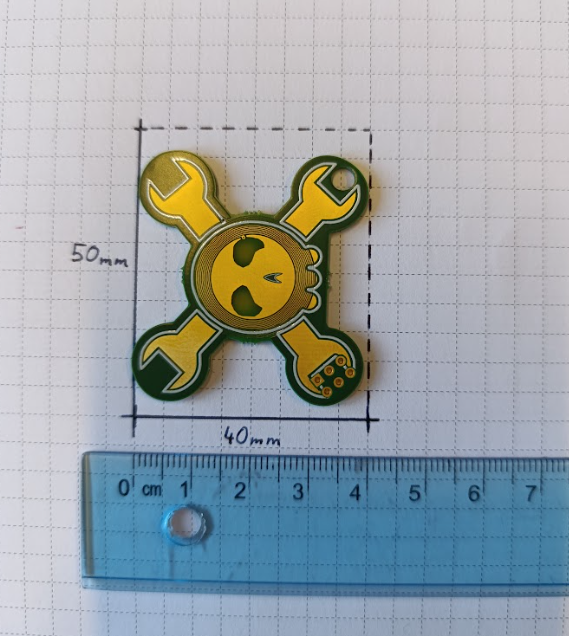
The size of the SAO is also within the given specs of the contest. However, there is no definition on the placement of the connector, nor the orientation.....

On the backside you find two large spots. They are meant for the "after con function". They have roughly the size of pins.
So when you remove the SAO-connector you can either use it as a keychain (hole bottom left) or glue/solder on a pin for example.



 The ENIG finish looks so good. It even got a pretty cool effect with its own shadow. You have to see it.
The ENIG finish looks so good. It even got a pretty cool effect with its own shadow. You have to see it.
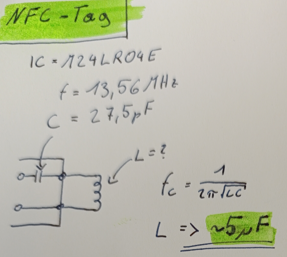
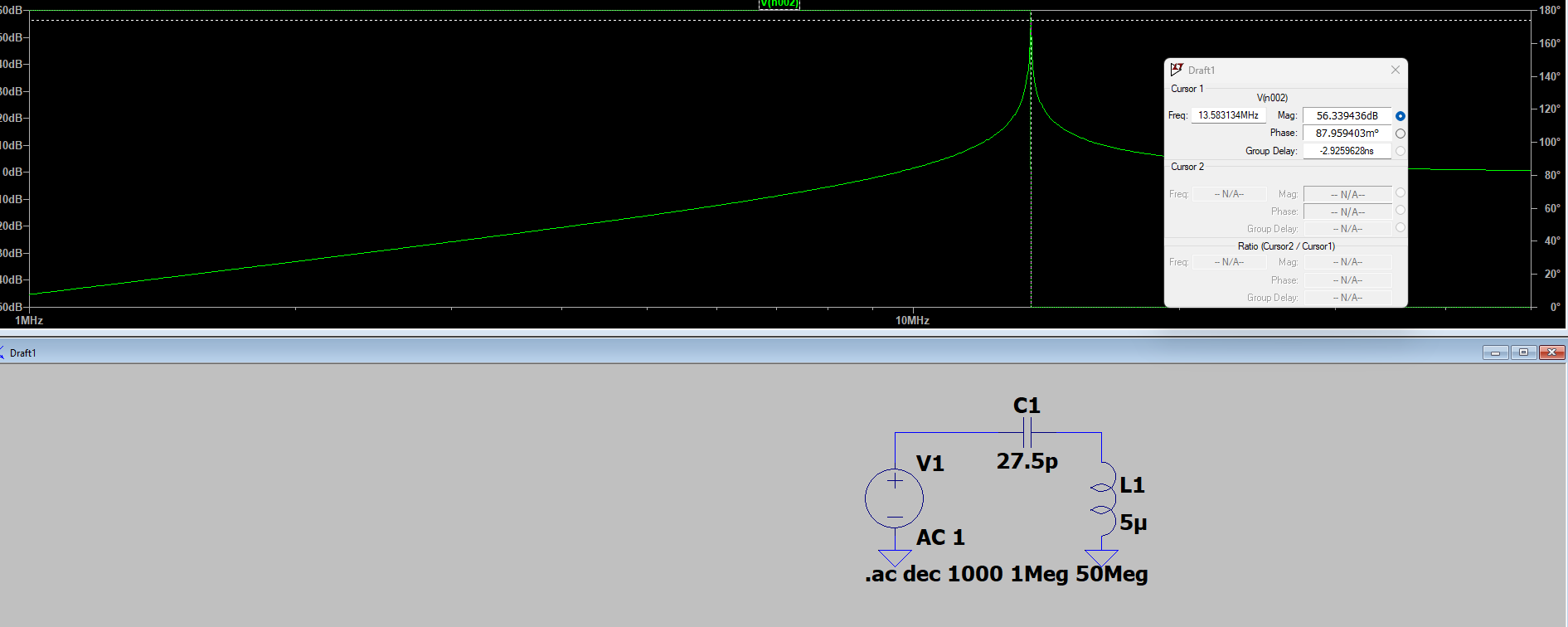

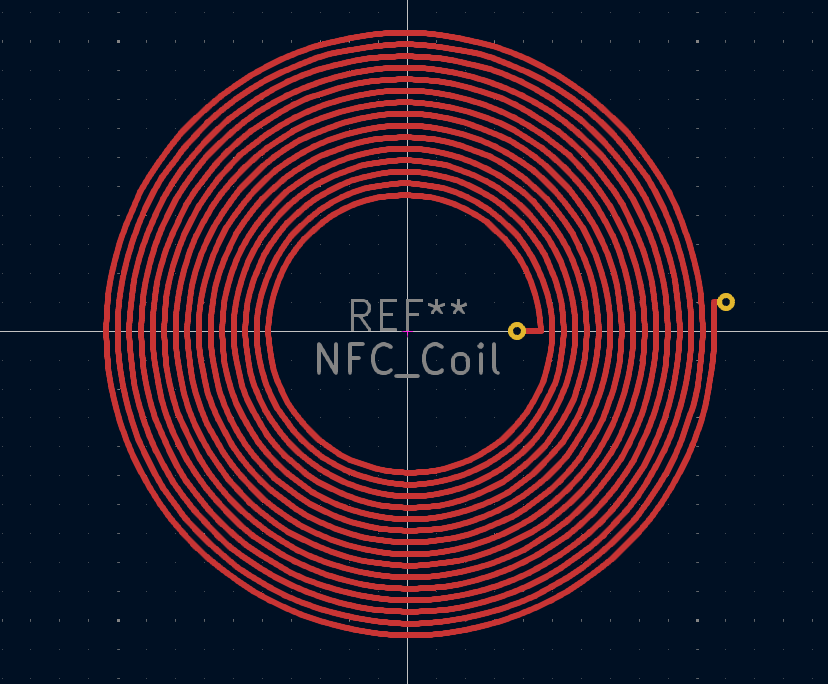


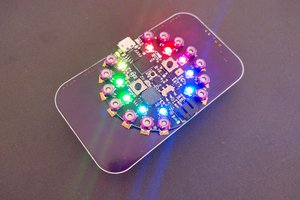
 deʃhipu
deʃhipu
 Tom Nardi
Tom Nardi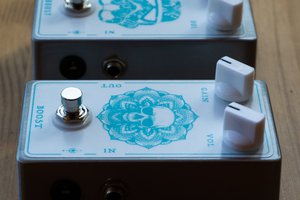
 Ben Holmes
Ben Holmes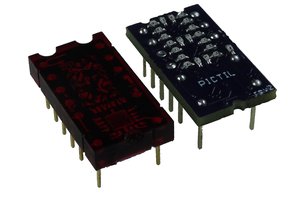
 Alex
Alex
I love the off-to-the-side angle! That's going to work better with the badge than you know...